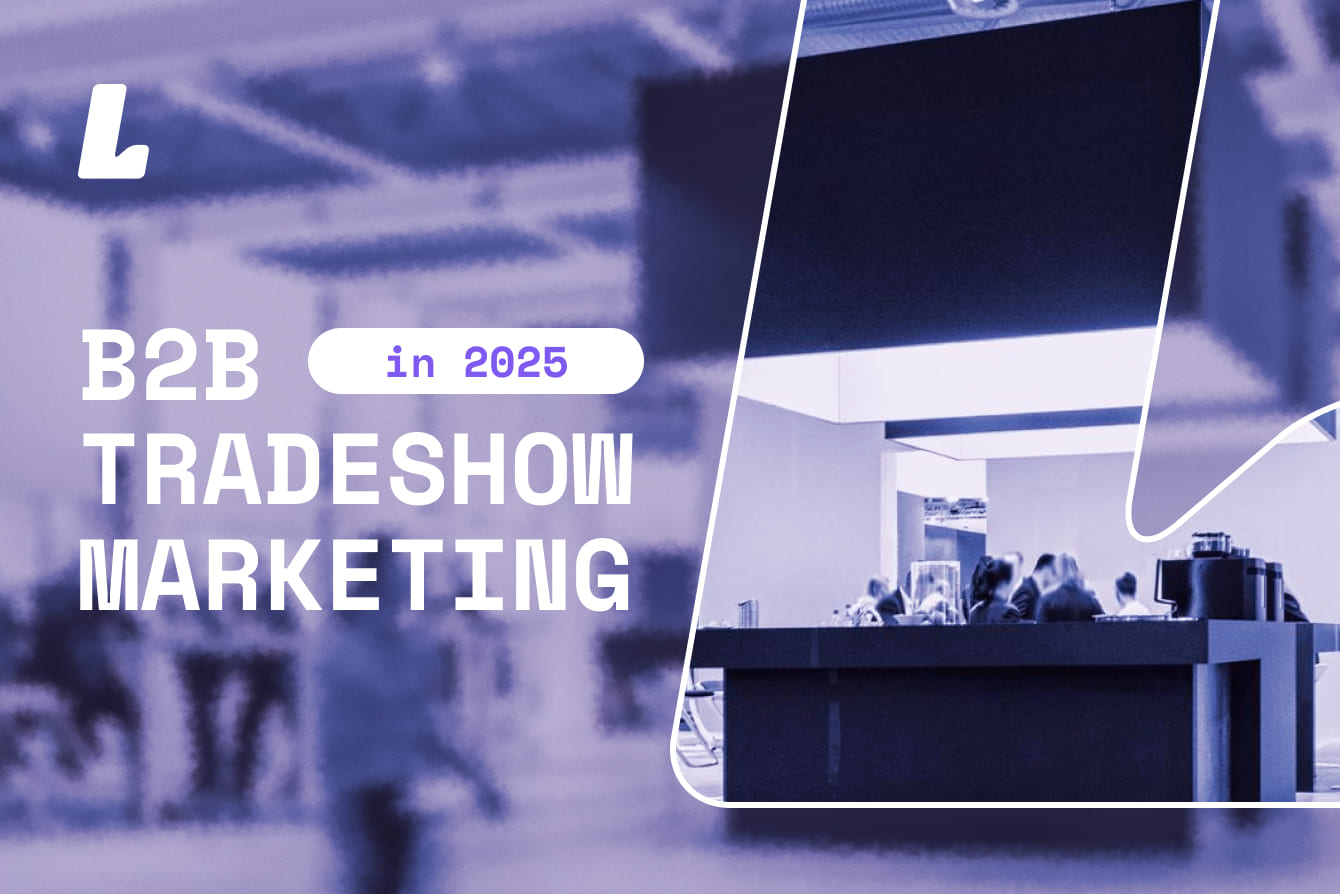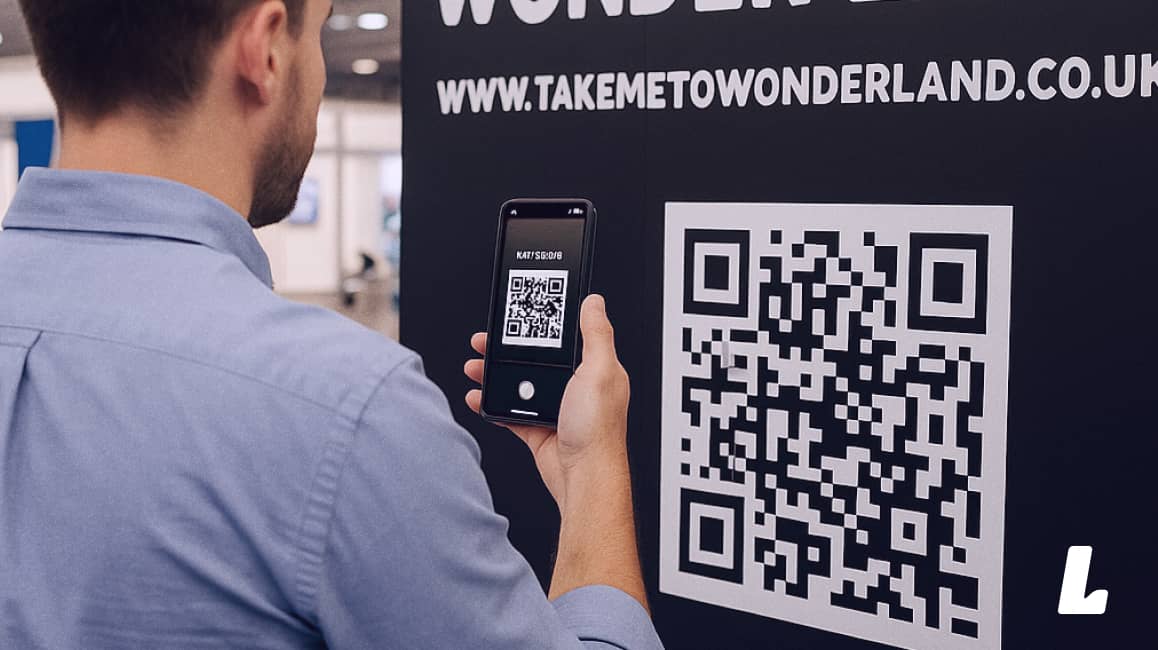




In a digital-first world, you might think B2B tradeshows are on the decline. But they’re not just alive—they’re thriving. According to CEIR, 81% of tradeshow attendees have buying authority, making events one of the most direct paths to pipeline and revenue. But with rising costs and tighter budgets, simply showing up with a booth isn’t enough.
To stand out and deliver ROI, modern B2B companies need a smarter approach to tradeshow and event marketing. This guide breaks down how to build a winning tradeshow marketing strategy, from pre-event planning to post-show follow-up—including how platforms like Leadature are helping teams turn booth buzz into real pipeline.
B2B buyers crave hands-on, face-to-face interaction—especially for high-consideration purchases. Events allow your team to:
More importantly, tradeshows compress the sales cycle. What normally takes weeks of emails and Zoom calls can happen in a single 15-minute booth conversation. But only if you're prepared.
Define what success looks like before the show begins. Are you aiming for:
Tie each goal to a measurable KPI—and make sure your team, your booth, and your tech stack are aligned around it.
Not all shows are created equal. Evaluate event fit by looking at:
The best ROI often comes from mid-sized or niche events where your message won’t get drowned out.

Your tradeshow booth marketing should reflect your brand while being functional. That means:
If you’re using Leadature's lead capture app, your team can scan badges, qualify leads on the spot, and sync to your CRM instantly—keeping engagement high and follow-up fast.
Success at the show often depends on what you do before it. Start your tradeshow marketing strategy 4-6 weeks ahead with:
Many companies also use tradeshow venue WiFi marketing to promote QR codes or landing pages when attendees log on—a clever tactic that drives booth visits in real time.

Once the floor opens, your team becomes the face of your brand. Equip them with:
With Leadature’s event technology, your reps can capture leads using their own devices, qualify contacts in the moment, and trigger instant follow-ups—no more paper forms or lost business cards.
Here’s a simplified checklist to keep your team on track:

The real impact of tradeshow marketing isn’t felt until after the show. Yet many companies fall flat here.
Strike while the iron is hot with:
Platforms like Leadature help automate this handoff, syncing leads and notes directly into your CRM and marketing automation system. You get fast attribution, cleaner data, and less friction for your reps.
Manual lead capture methods kill momentum. Badge scanners often deliver delayed or generic data. Paper forms get lost. Even basic apps can fall short if they don’t integrate with your existing stack.
Modern lead retrieval systems like Leadature solve this with:
You can even track booth traffic, content engagement, and ROI per product or territory—giving marketing and sales the insights they need to double down or pivot.
If you’re hosting a larger event or sponsoring a pavilion, Leadature’s exhibitor lead capture tools allow you to offer your partners the same level of visibility and reporting you expect for your own team.
With customizable capture apps, branded experiences, and sponsor-ready dashboards, exhibitors can drive better follow-up, prove ROI, and come back year after year.
Tradeshow marketing is no longer about just being there. It's about being strategic, being connected, and being fast.
With the right strategy, team alignment, and tools like Leadature's lead capture platform and event technology OS, B2B marketers can transform their next show into a revenue-driving machine.
Want to stop wasting badge scans and start building real pipeline?
Explore Leadature to see how smart event teams lead the show.